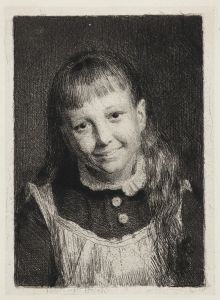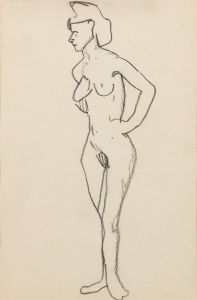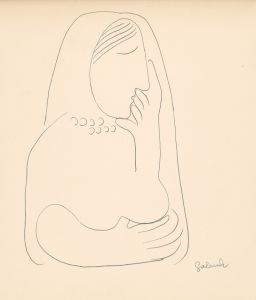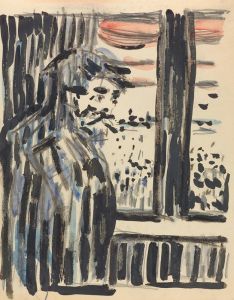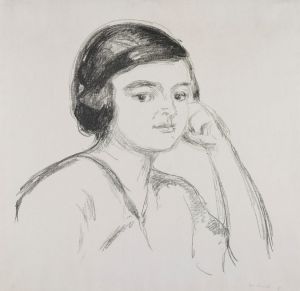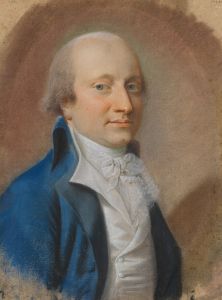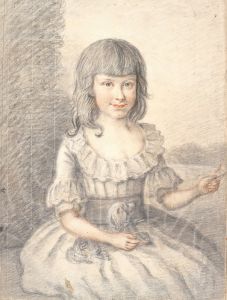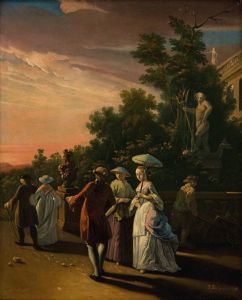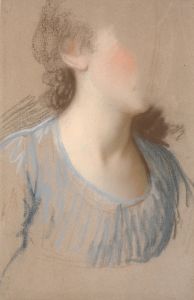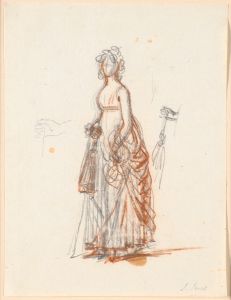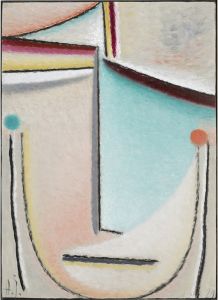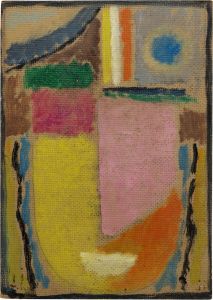
Model stående en face, hovedet støttet mod den løftede højre arm; ikke tegnet færdig
A hand-painted replica of Jens Juel’s masterpiece Model stående en face, hovedet støttet mod den løftede højre arm; ikke tegnet færdig, meticulously crafted by professional artists to capture the true essence of the original. Each piece is created with museum-quality canvas and rare mineral pigments, carefully painted by experienced artists with delicate brushstrokes and rich, layered colors to perfectly recreate the texture of the original artwork. Unlike machine-printed reproductions, this hand-painted version brings the painting to life, infused with the artist’s emotions and skill in every stroke. Whether for personal collection or home decoration, it instantly elevates the artistic atmosphere of any space.
Jens Juel was a prominent Danish painter known for his portraits and landscapes during the late 18th and early 19th centuries. One of his works, "Model stående en face, hovedet støttet mod den løftede højre arm; ikke tegnet færdig," which translates to "Model standing en face, head supported by the raised right arm; not finished," is an intriguing piece that reflects his skill and artistic approach.
Juel was born on May 12, 1745, in Balslev, Denmark, and he became one of the leading figures in Danish art during his lifetime. He studied at the Royal Danish Academy of Fine Arts and later traveled extensively across Europe, which greatly influenced his artistic style. His work is characterized by its elegance, attention to detail, and the ability to capture the essence of his subjects.
The painting in question is a study or sketch rather than a completed work, as indicated by its title. This suggests that Juel was experimenting with composition, form, or technique, which was a common practice among artists of his time. The unfinished nature of the piece provides insight into Juel's creative process, allowing viewers to see the underlying structure and initial stages of his work.
In this particular piece, the model is depicted standing with her head supported by her raised right arm. The pose is both relaxed and contemplative, showcasing Juel's ability to convey a sense of naturalism and grace. The decision to leave the work unfinished might have been intentional, serving as a study for a more complete painting or simply as an exploration of form and posture.
Juel's portraits often focused on the nobility and affluent members of society, capturing their likenesses with precision and sensitivity. However, he also created numerous studies and sketches, such as this one, which allowed him to refine his techniques and explore different artistic ideas. These works are valuable not only for their aesthetic qualities but also for the insights they provide into the artist's methods and the artistic conventions of the period.
Throughout his career, Juel received numerous accolades and held prestigious positions, including serving as the court painter to the Danish royal family. His influence extended beyond Denmark, as he was part of a broader European artistic movement that emphasized realism and the depiction of contemporary life.
"Model stående en face, hovedet støttet mod den løftede højre arm; ikke tegnet færdig" is a testament to Juel's skill as a draftsman and his interest in capturing the human form. While it may not be as widely recognized as some of his completed portraits, it remains an important part of his oeuvre, offering a glimpse into the artistic practices of the time and the personal explorations of one of Denmark's most celebrated painters.
Juel passed away on December 27, 1802, but his legacy endures through his contributions to Danish art and his influence on subsequent generations of artists. His works continue to be studied and admired for their technical proficiency and their ability to convey the subtleties of human expression and character.





